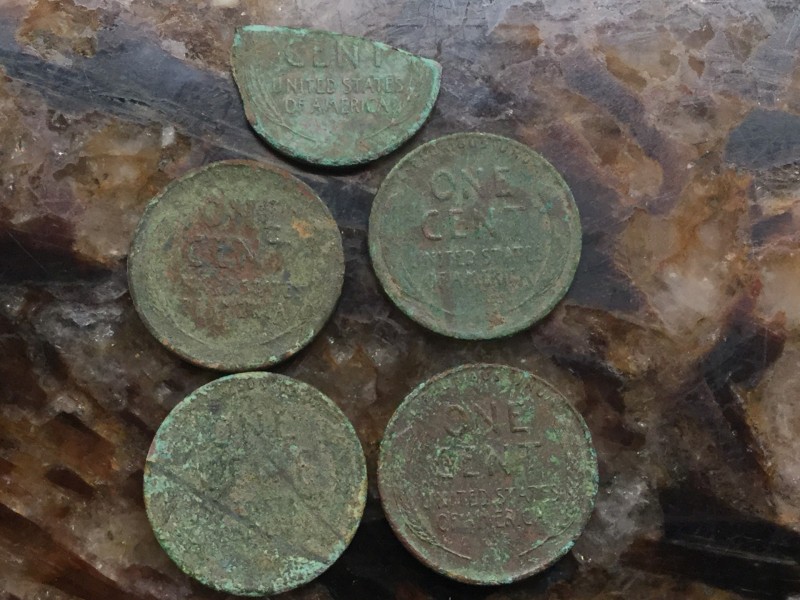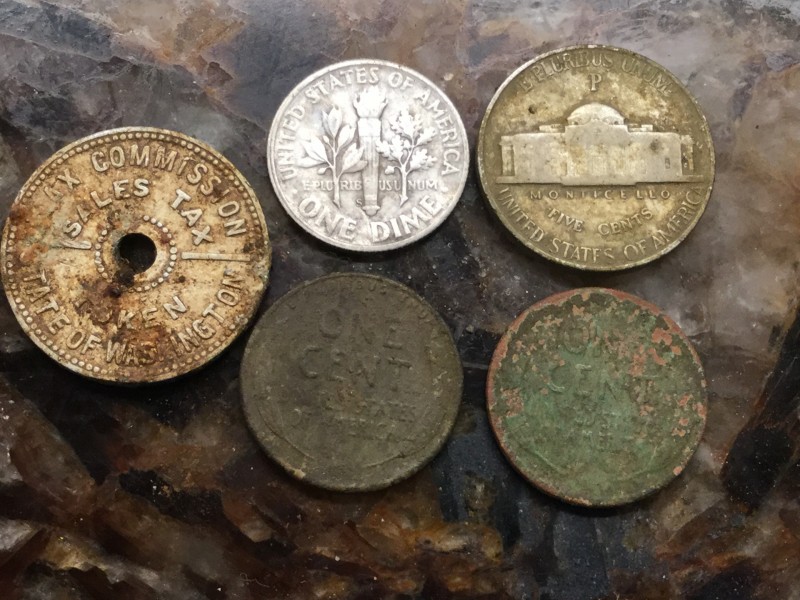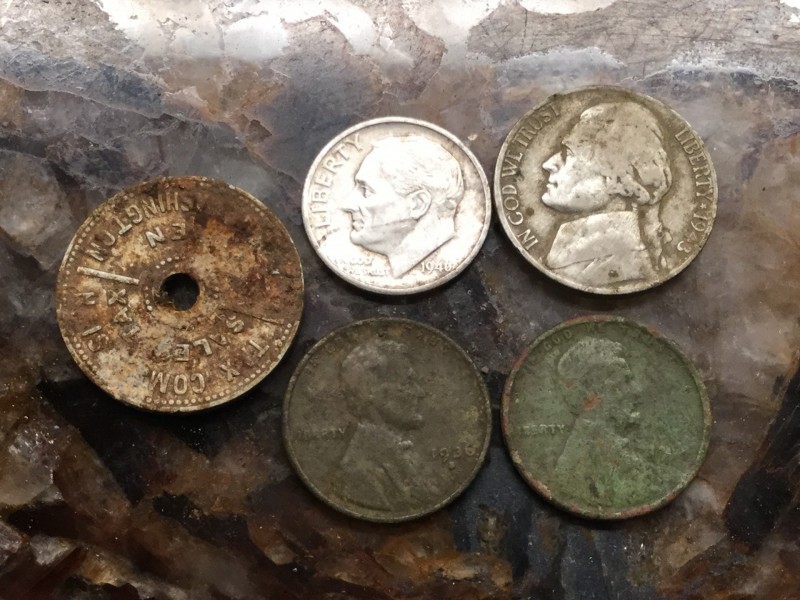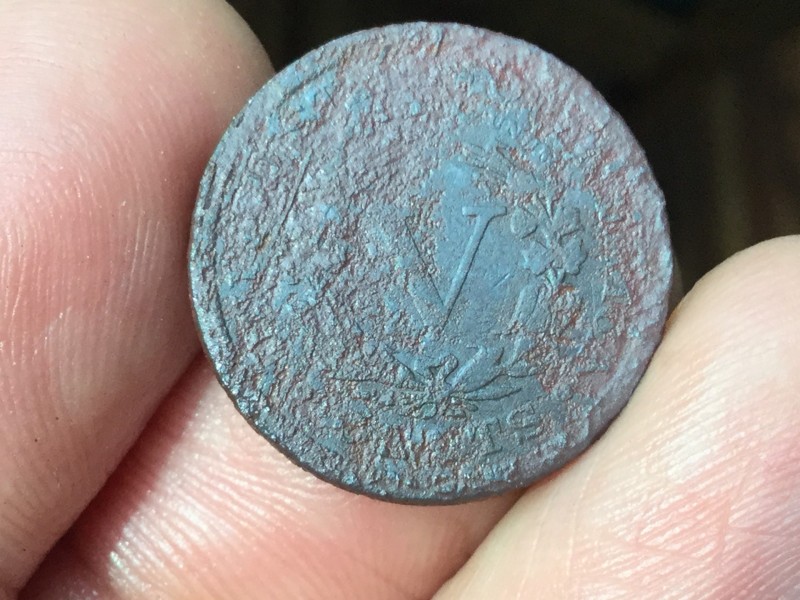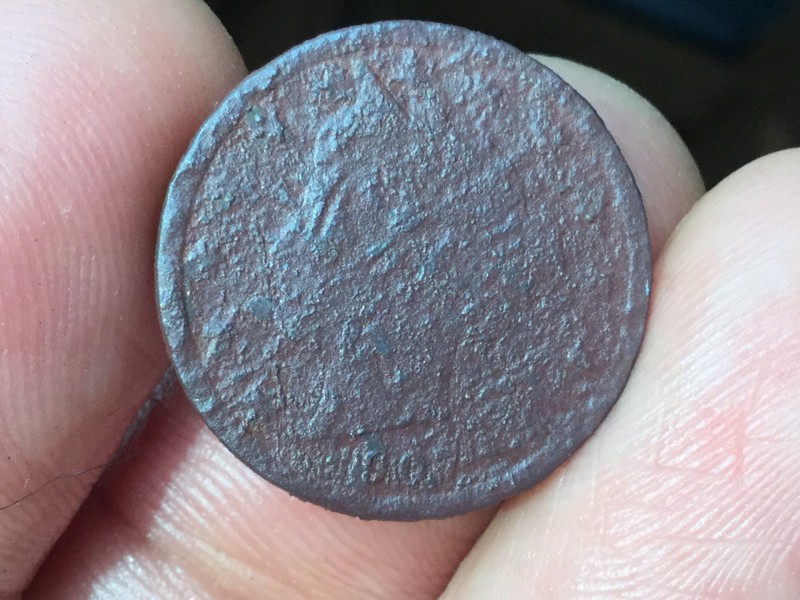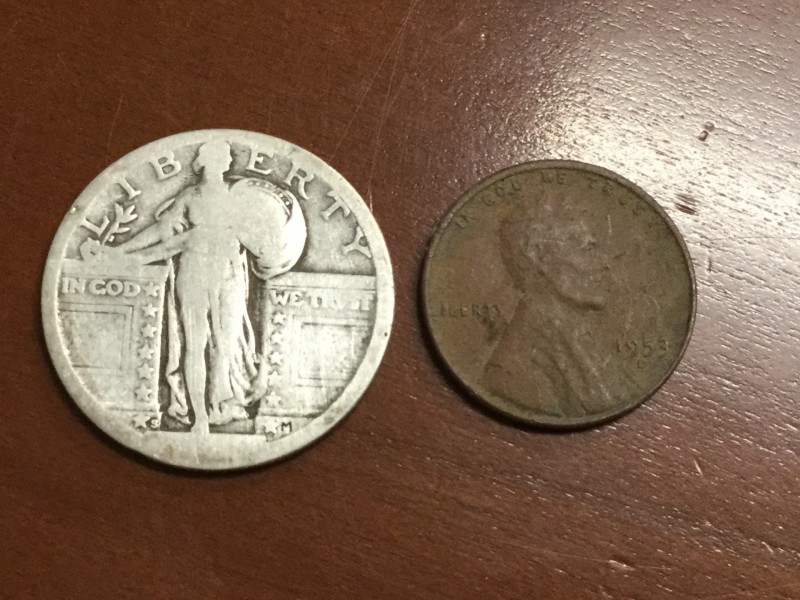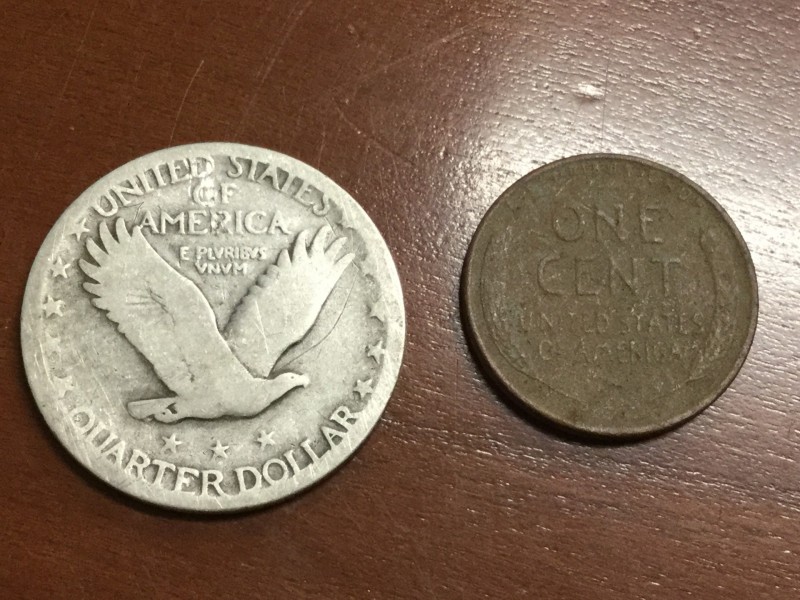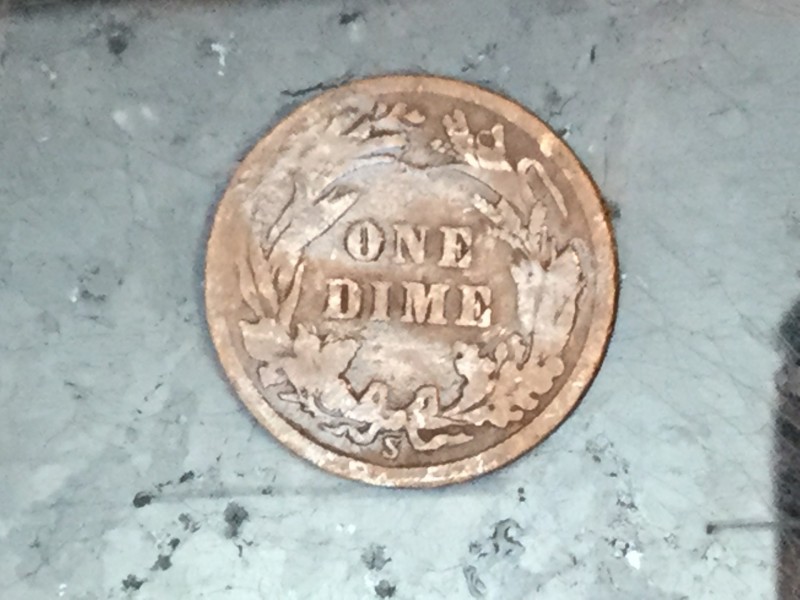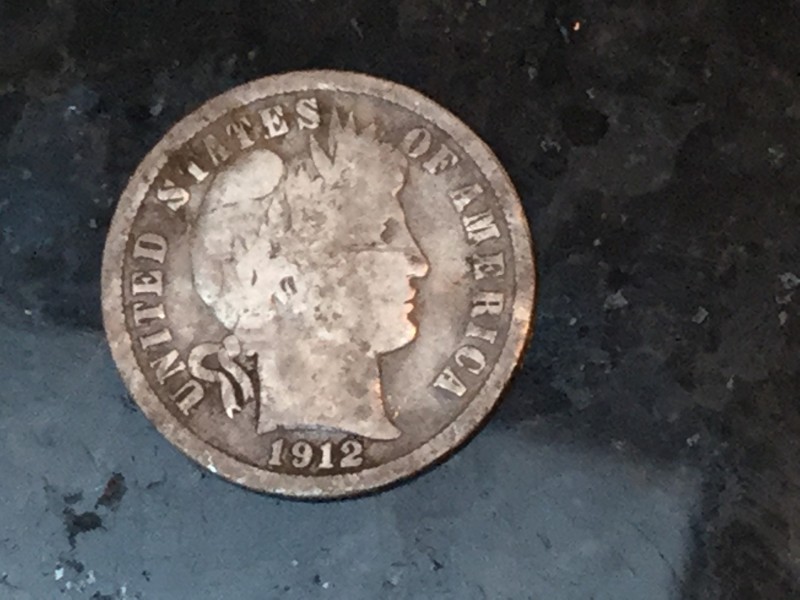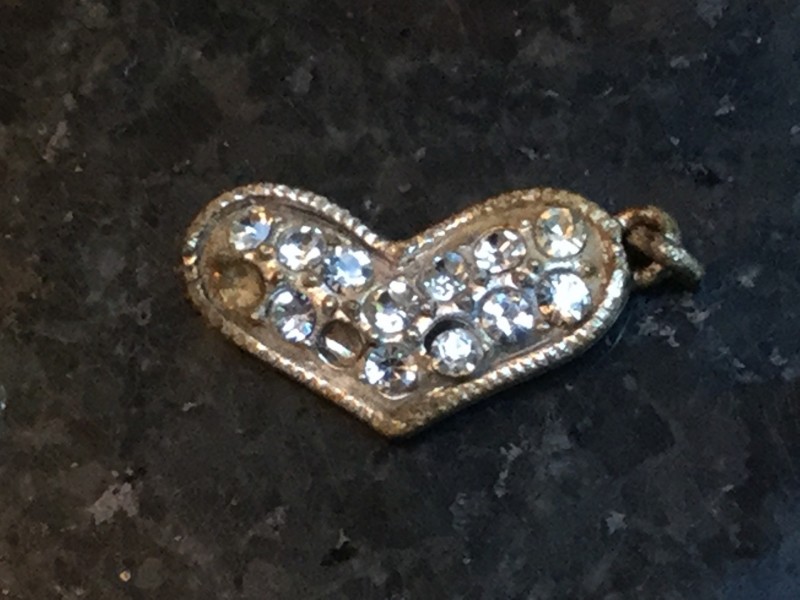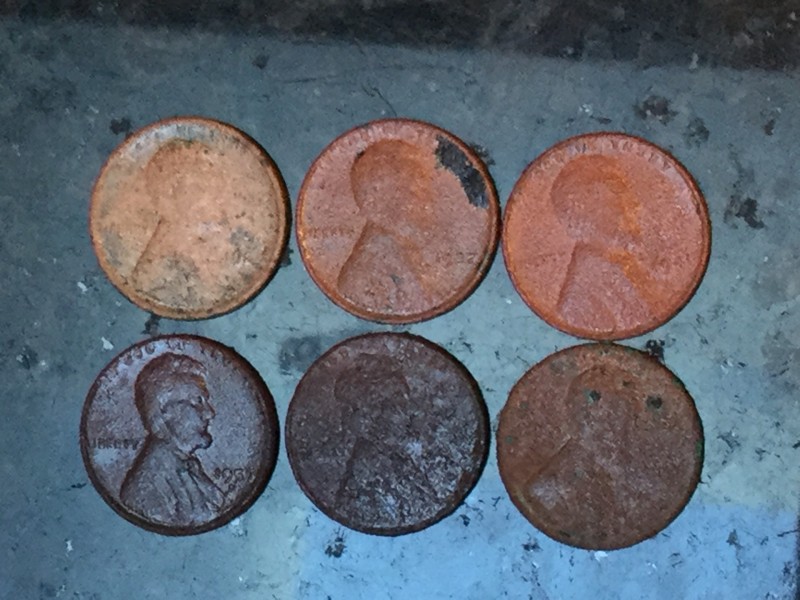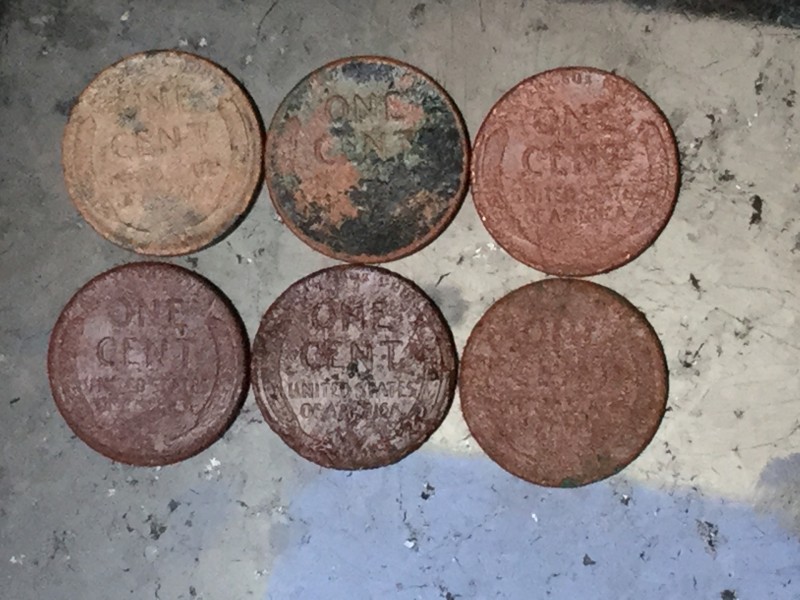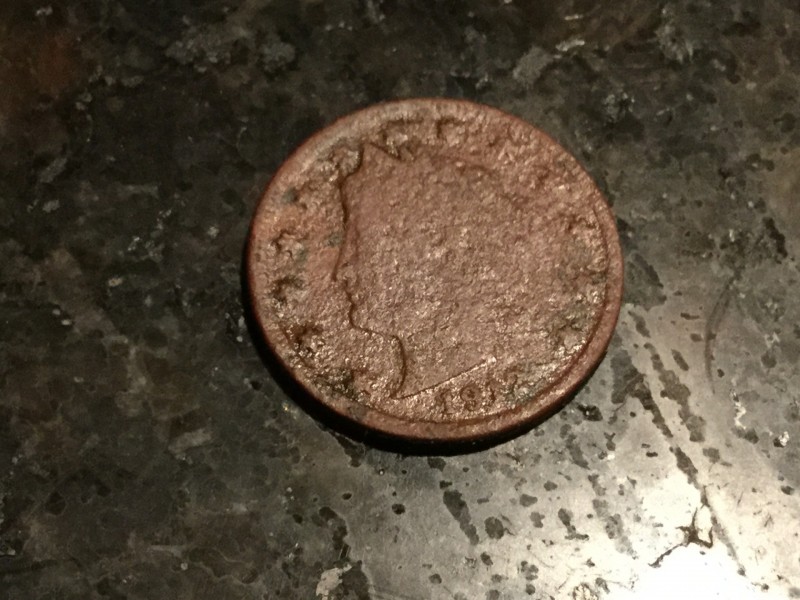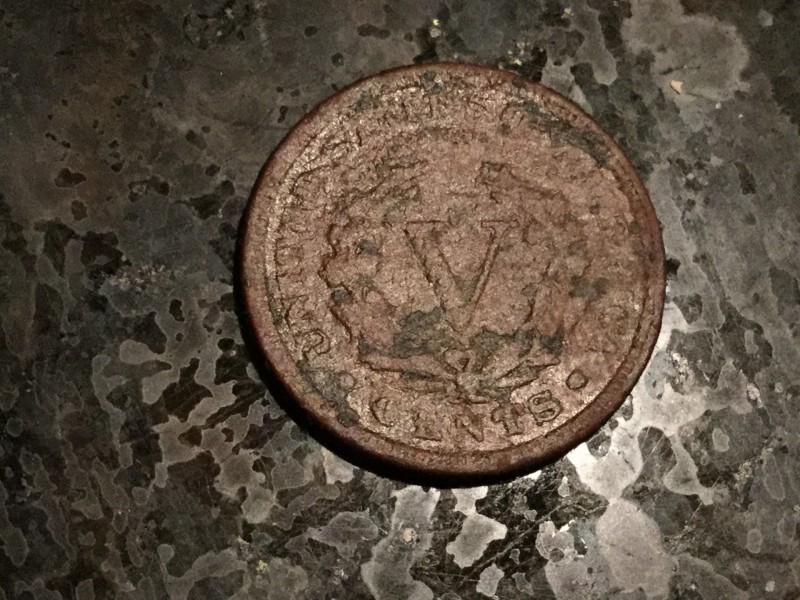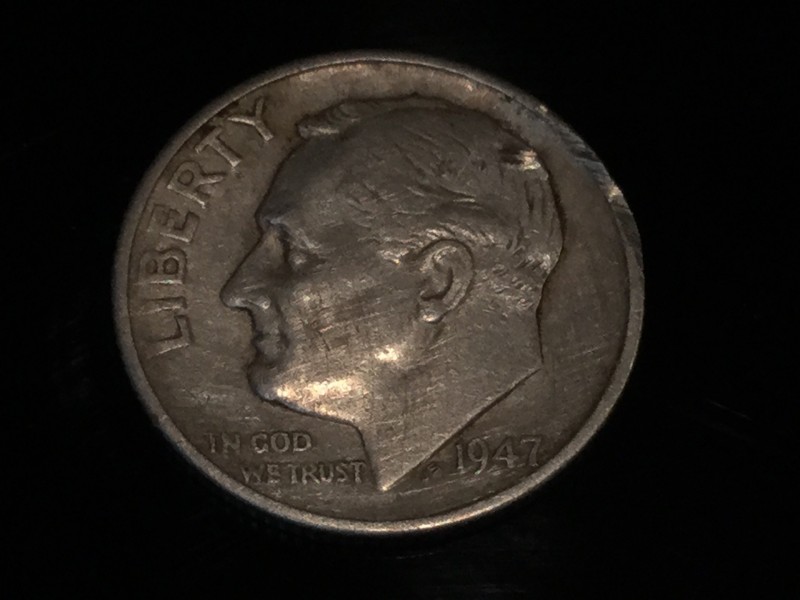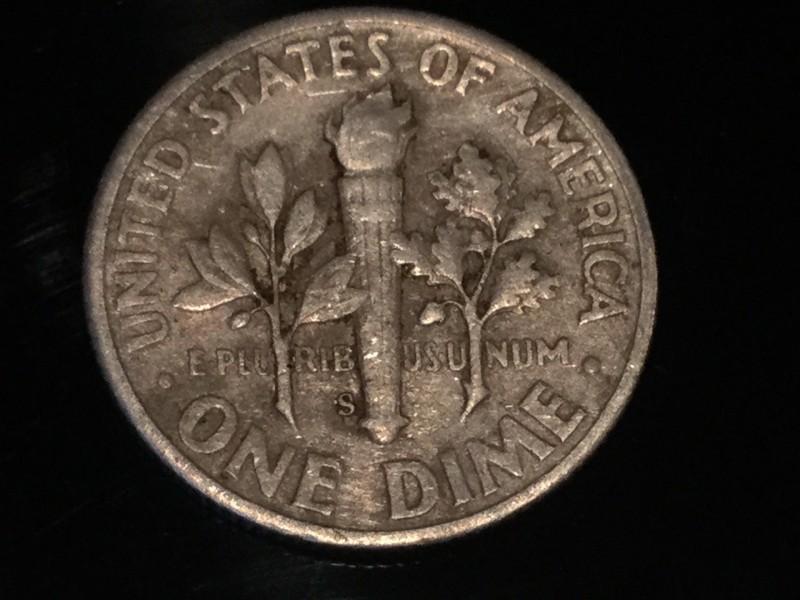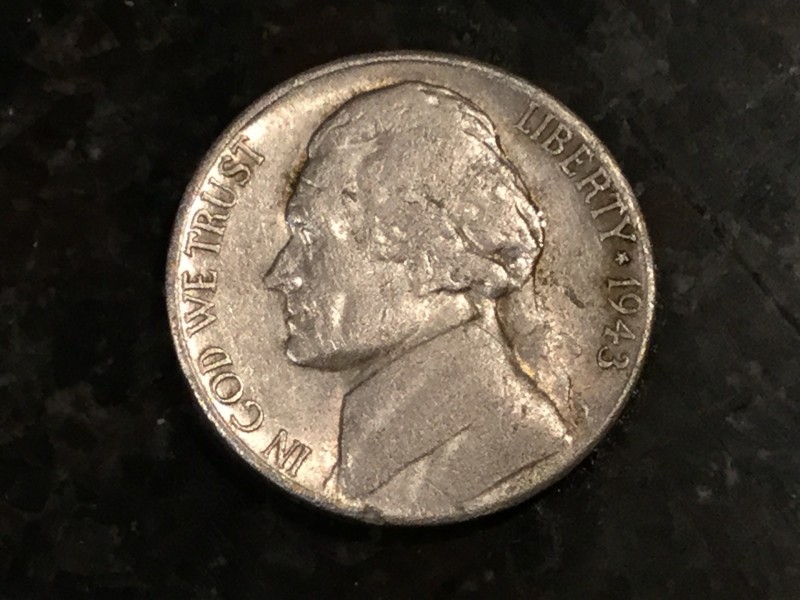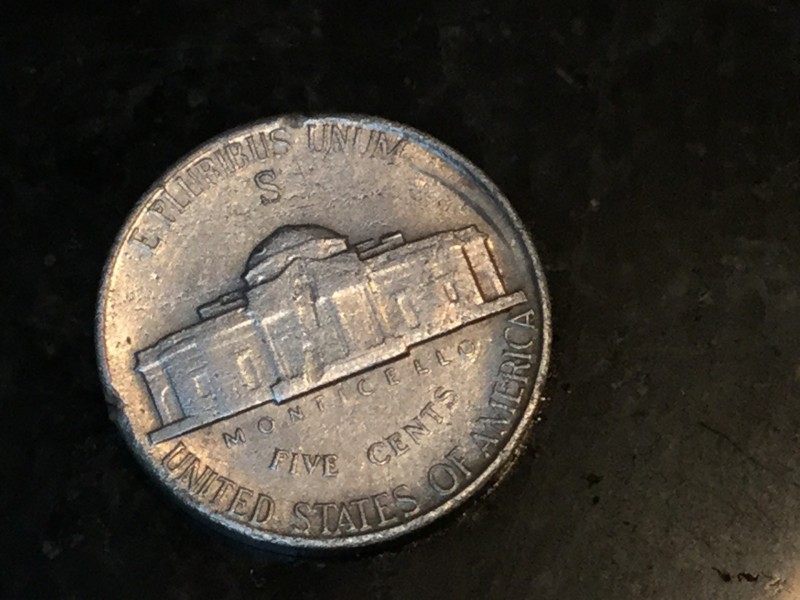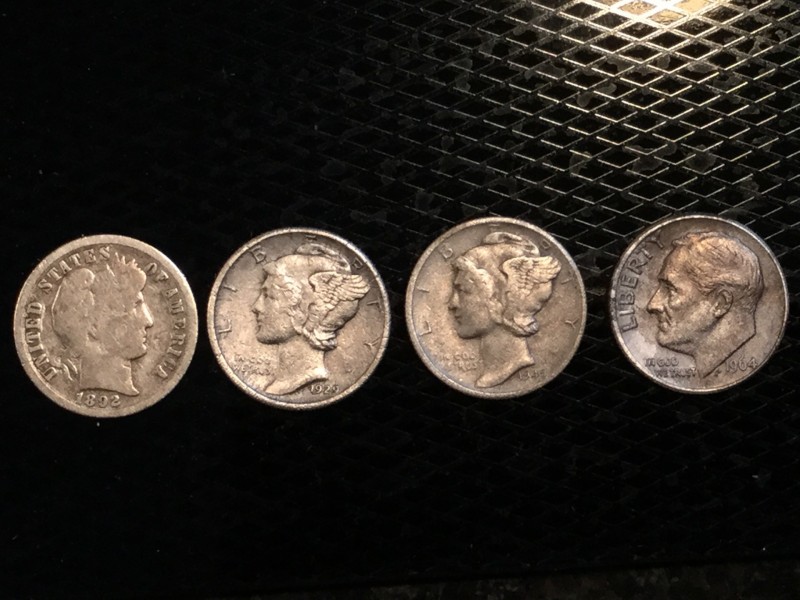
SnohomishDigger
Full Member-
Posts
26 -
Joined
-
Last visited
Content Type
Forums
Detector Prospector Home
Detector Database
Downloads
Everything posted by SnohomishDigger
-
Wireless aptx low latency ear buds can be had for around $30. I have both earbuds and headphones. I hunt mainly on land with a fair amount of freshwater hunting in the summer. I use the ear buds during warm weather and the headphones in windy or cold weather. Both work great. Both work for my style of water hunting since I rarely submerge the detector control box (bluetooth doesn't transmit through water).
-
-
Nox 600 user here. My "go-to" mode is Field 2 with sensitivity 18-22 (depends on soil conditions), 5 tones, IB 0, Recovery 3. Occasionally I'll shake things up and switch over to Park 1 with the same settings. Something I've been experimenting with on sites I've previously searched with Multi IQ is to switch over to 10 KhZ single frequency and boost the sensitivity as high as possible, given soil conditions. I then go low and super slow listening for squeaks and iffy signals. In this type of search I'm not particularly concerned about VDI accuracy, I'm looking for audio clues to deep targets that were previously overlooked. I did OK with this technique over the weekend. I used it on an old school lawn and came away with 4.5 wheaties, a tax token, and a souvenir pin from the 1909 Seattle Alaska-Yukon-Pacific Exposition.
-
A couple of weeks ago I was hunting a permission that has persistent, harsh EMI. All of my typical tricks failed to reduce noise sufficiently to hunt. I went through multiple noise cancels, sensitivity reduction, single frequencies, factory reset, etc. What finally reduced the interference enough for me to hunt was to switch from my 11-inch coil to my 6-inch coil. The machine still had some interference, but it was manageable through the techniques mentioned previously in this thread.
-
Found a ‘43 P war nickel this morning. It rang up 14/15, what has usually been pull ring numbers in other sites. I dug this one because the site doesn’t have a lot of modern trash, so the odds of getting a pull tab was low. Now I wonder how many of the 14/15 targets I passed up were war nickels!
-
In my experience, any of the standard modes will do well in freshwater. Field 2 is my favorite both on land and in freshwater. It just suites the way I prefer to hunt.
-
Opinions On Equinox Detect Modes?
SnohomishDigger replied to Flowdog's topic in Minelab Equinox Forum
I primarily shoot coins in local parks, yards, fields woodlots and other soil in the northern Puget Sound region of Washington state. I haven't modified Field 2 much - the only thing I've changed is to go from 50 tones down to 5. I manually ground balance at each location. Occasionally I'll increase iron bias from 0 to 1 or 2 (I'm using the Equinox 600) - but that's about all I adjust. I just started water hunting (freshwater lakes) late last summer, my field 2 setup worked well for me in my local water - I pulled several silver dimes, wheats, and clad - along with miscellaneous relics and jewelry. -
Opinions On Equinox Detect Modes?
SnohomishDigger replied to Flowdog's topic in Minelab Equinox Forum
I almost always use Field 2 with 5 tones. No objective reason other than it suits my preferences for what I like to hear from the ground. More signals than Park 1, but I like that. A lot of them are trash or small items, but that's OK. I've learned what an old nickel sounds like (consistent 11/12 as I circle the target, and a small "hot spot" in pinpoint mode). I've done well with finding silver, even silver dimes on edge. I've learned to use tone, depth gauge, and pinpoint mode to gather data about a target. Field 2 just suits the way I like to hunt. -
My Eqx is the first detector I've owned that has a depth gauge. I tend to use it more as a relative attribute than an predictor of actual depth. I use it as one more bit of information when making the dig/no dig decision. Tone, TID, a 90-dgree scan of the target, approximate size as suggested by pinpoint mode, and approximate depth are my "base" decision making data.
-
Pulled A Masked V Nickel From A Hunted Out Park
SnohomishDigger replied to SnohomishDigger's topic in Minelab Equinox Forum
The 6-inch coil has become my everyday coil. I have to go slower to cover the same amount of ground as the 11-inch coil, but that's OK by me. I have a whole lot less arm fatigue with the small coil. I've used the 6-incher exclusively since mid-February, and the total volume my finds doesn't seem to have fallen off as a result. I track the number of coins I find on a monthly basis, and the amount of clad I've recovered has actually increased - by a lot. Silver recoveries are down, but I had a really good (for me) January with silver (6 dimes - 4 mercy, 2 Rosies), and I've only gotten 3 silvers (2 dimes - a mere and a Barber - and 1 SLQ) since then. I'm still pulling wheaties at about the same rate: 19 with the 11-incher and 18 with the small coil. My guess is that the sites I'm searching is the biggest factor in these results, rather than the coil. -
I finally took the plunge and bought a 6-inch coil for my Equinox 600. Friday I had a chance to hit a park before work that has been thourougy searched many times. Second target of the day was a dateless SLQ! AWESOME! I also managed to pull a ‘53 wheatie before I had to start my workday. Today I had more time to spend with my new toy. And, it paid off. I visited three sites, all places with concentrations of ground trash, trees, boulders, etc. I ended the day with six wheaties, ranging from 1921 to 1957, a 1912 s Barber dime, and a junk pendant - plus $1.35 in clad. This coil ROCKS! Glad to have it in my arsenal. It won’t be my everyday coil, but it definitely will be well used.
-
After Market Bluetooth Headphones Thread
SnohomishDigger replied to Mark T's topic in Minelab Equinox Forum
I picked up a pair of these in mid-December. They work great for my hunting style and conditions. I’ve read comments from others that they aren’t great audio-wise, but I’m hard of hearing and I probably can’t hear the nuances they do. They pair easily right out of the box, and I don’t experience any noticeable (to me, at least) latency. -
What Vdi Are Your Buffs & V Nics Coming In At?
SnohomishDigger replied to Happa54's topic in Minelab Equinox Forum
-
Silver #10 Fty From A Trashy, Pounded Dog Park
SnohomishDigger replied to SnohomishDigger's topic in Minelab Equinox Forum
Thanks, everyone. It’s been a lot of fun. Gonna set a 2019 goal to find 10 more. -
Ok, I’m a newbie. Both to the Equinox and to metal detecting. I started detecting a little more than a year ago, and I got my Nox 600 in August. I know that 10 silvers for the year is a paltry sum for most veteran detectorists, but for me it’s a big deal. Particularly since seven of the 10 were found with my Nox! With the end of the year approaching, I’ve been hitting every site that’s given up old coins and relics for me this year, hoping to get #10 FTY. We’re expecting major wind and rain today, so I got out early before the weather hits and searched a nearby dog park that i’ve covered so many times I can’t even count. I keep going back because interesting things show up from time to time: wheaties, IHPs, & relics. I wasn’t expecting silver. Even though other old things have come out of the site this year, none have been silver. When I hit a deep 27-28 signal, I crossed my fingers and began working my way through the rocky soil, thinking it was going to be a clad dime. When I saw the mellow shine of silver, I smiled. My quest for #10 was over.
-
What Vdi Are Your Buffs & V Nics Coming In At?
SnohomishDigger replied to Happa54's topic in Minelab Equinox Forum
GB - this one was found in western Washington, about 30 miles north of Seattle. The photos are after washing with dish soap and water to remove some clingy soil and mild staining. It came out of the ground looking very much like this - quite bright compared to the Jeffersons and buffs I’ve found around here. Other nickels I find will range from dull grey to red/orange. -
Equinox Single Frequency Users?
SnohomishDigger replied to Cabin Fever's topic in Minelab Equinox Forum
I occasionally use single frequencies. As Steve mentioned, switching to a single frequency can really help with severe EMI. A few weeks ago I was searching a 1940s yard, and the EMI on one side of the house was horrible. No matter what I did I couldn’t get my machine to quiet down. Finally, I switched to 10 kHz and as if by magic the chatter stopped and I started pulling coins right and left. This morning I hunted a local park that’s been searched so many times that it’s amazing that anything is still there to find. On a lark, at the end of my hunt, I switched from multi frequency to 15 kHz and went back over a patch of ground I searched earlier. I was surprised that I was hitting some good targets with 15kHz that I either missed or dismissed with multi frequency. I’ll still use multi frequency as my primary, but I’m definitely also going to play with single frequencies more often. -
What Vdi Are Your Buffs & V Nics Coming In At?
SnohomishDigger replied to Happa54's topic in Minelab Equinox Forum
Interesting that this thread was at the top of my feed this morning. After re-reading it, I thought to myself “I haven’t found a war nickel with my Nox is 600 yet, I wonder what Vdi they ring up in my local conditions.” My buffs and Jefferson’s have been coming in at 11-12-13 with new Jefferson’s sometimes throwing in a 14. Well, I had a chance to get out for a quick search at a nearby park today, and guess what? I came home with a high Vdi war nickel! It rang up at 23-24-25, at about 5 inches. Given the site I was searching, I thought “copper penny, maybe a wheat cent.” Nope - a ‘43 S nickel. Nice surprise. -
Dime Trifecta: Rosie, Merc, Barber
SnohomishDigger replied to SnohomishDigger's topic in Minelab Equinox Forum
Yes, Barbers are hard to come by around here. My only other Barber is a 1905 quarter I found a few months ago. Our history is pretty young - at least as far as coins and other man-made metal objects go. Although, your area should have some pretty cool history to find. -
Dime Trifecta: Rosie, Merc, Barber
SnohomishDigger replied to SnohomishDigger's topic in Minelab Equinox Forum
Lol, yes, barely got that one in! -
In August I upgraded to a NOX 600 from a Bounty Hunter Tracker IV. I’m finally getting in sync with what it’s telling me, and it’s starting to pay off. Within the last week I completed the Barber-Merc-Rosie silver dime trifecta! Love how this machine performs.

